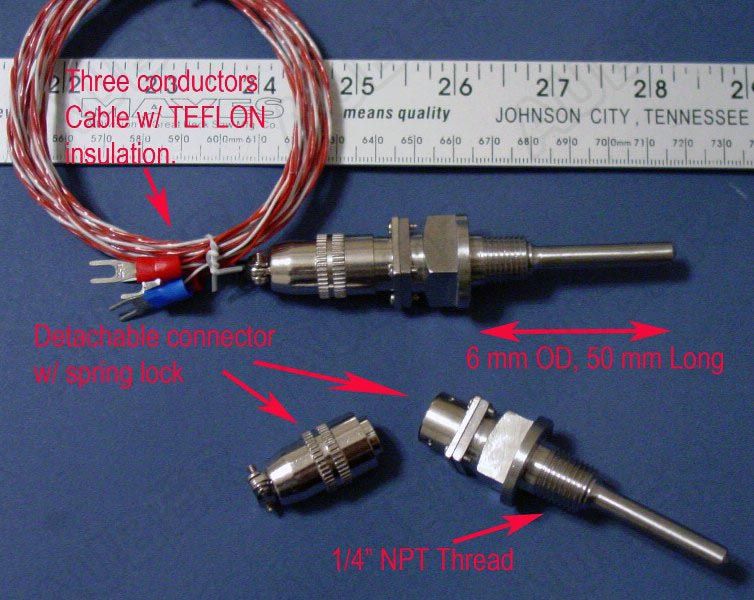- Joined
- Nov 18, 2008
- Messages
- 2,058
- Reaction score
- 25
I now have 3 inconsistent / inaccurate kitchen type digital thermometers and am ready for an upgrade. I don't mind spending the money on a decent thermometer but was wondering about an alternative... For the price of a Thermopen, I think I could get a PID and either a thermocouple or RTD sensor. I am considering going electric eventually and thought a PID would allow me to measure now and control when I'm at that point.
I'm thinking of one, maybe more PID's in a box used initially as thermometers.
I know I would have to come up with a box and power and all but does this idea have merit?
I have no experience with PIDs so I'm looking for some input...
Questions:
Is a PID going to be more accurate than my POS cheap thermometers?
I can't find a way to calibrate the cheap thermometers I have now... can a PID be calibrated?
I'm thinking that to be most versatile, I should get a PID capable of controlling a SSR... agreed?
Thermocouple or RTD or...?
Any PIDs that would allow me to "see" two inputs simultaneously?
Manufacturers / Models you suggest, or suggest I stay away from?
Thanks for any help.
I'm thinking of one, maybe more PID's in a box used initially as thermometers.
I know I would have to come up with a box and power and all but does this idea have merit?
I have no experience with PIDs so I'm looking for some input...
Questions:
Is a PID going to be more accurate than my POS cheap thermometers?
I can't find a way to calibrate the cheap thermometers I have now... can a PID be calibrated?
I'm thinking that to be most versatile, I should get a PID capable of controlling a SSR... agreed?
Thermocouple or RTD or...?
Any PIDs that would allow me to "see" two inputs simultaneously?
Manufacturers / Models you suggest, or suggest I stay away from?
Thanks for any help.
























































![Craft A Brew - Safale S-04 Dry Yeast - Fermentis - English Ale Dry Yeast - For English and American Ales and Hard Apple Ciders - Ingredients for Home Brewing - Beer Making Supplies - [1 Pack]](https://m.media-amazon.com/images/I/41fVGNh6JfL._SL500_.jpg)

